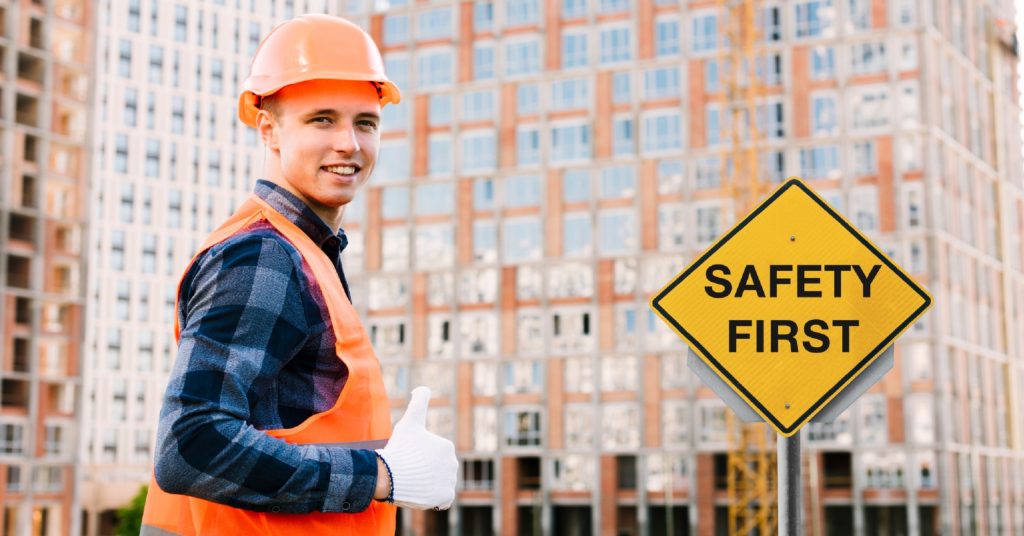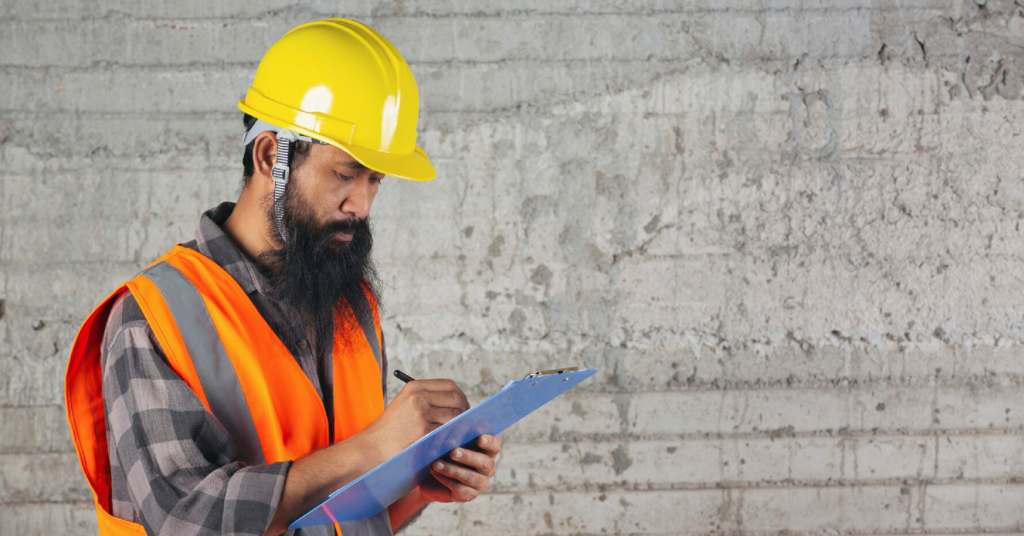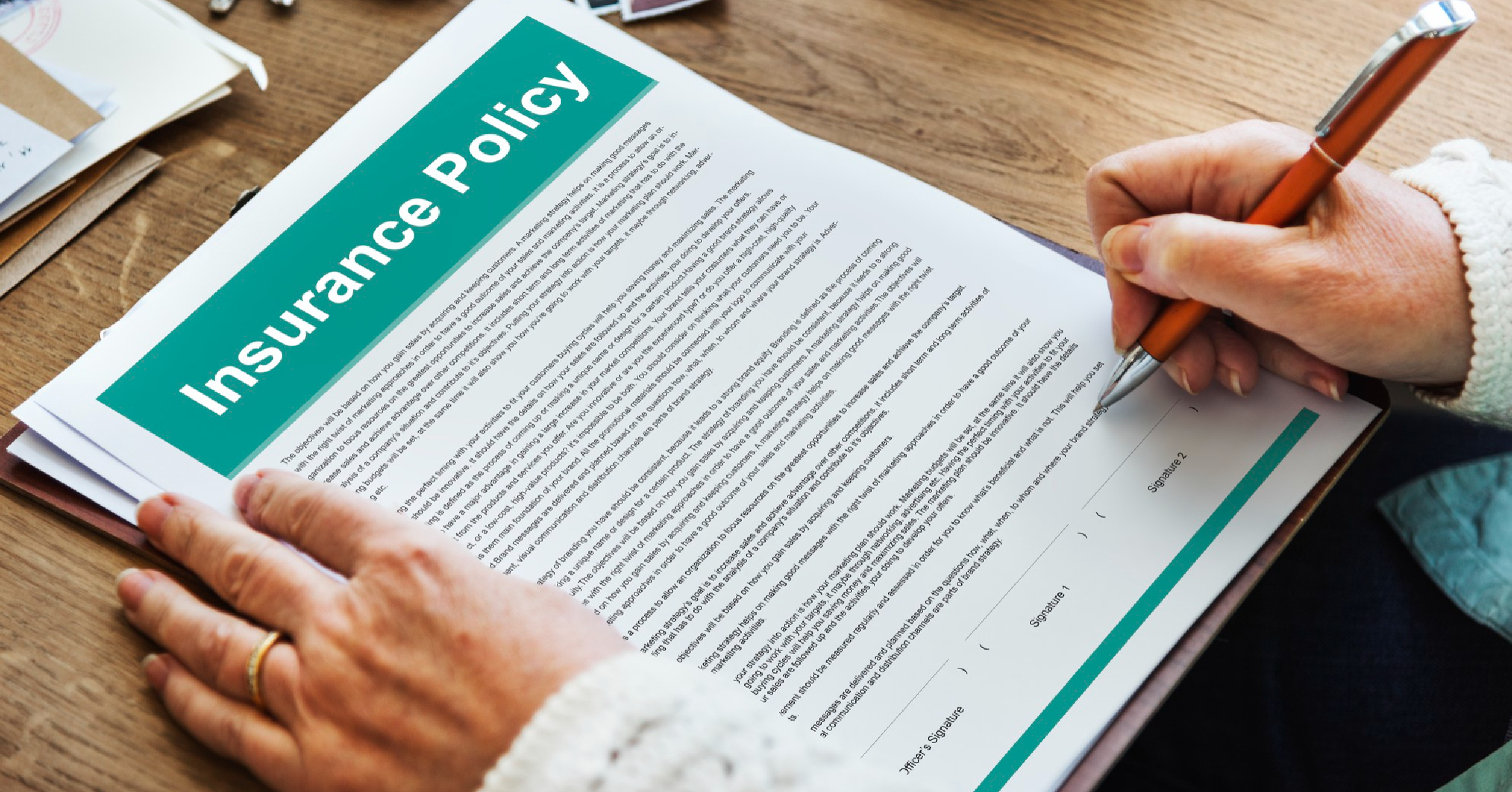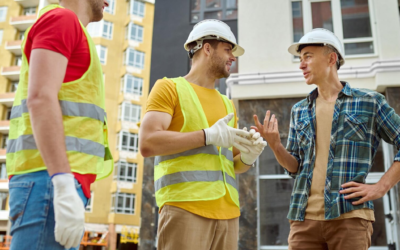Safety is paramount in condo communities, and residents play a crucial role in advocating for safety measures to protect their well-being. In this article, we’ll explore how residents can understand their rights and responsibilities and effectively advocate for safety measures within their condo associations.
Know Your Rights and Responsibilities
Residents must have a comprehensive understanding of their rights and responsibilities concerning safety measures within condominium communities. This entails familiarity with a range of regulatory frameworks, including but not limited to:
1. HOA Regulations
Homeowners Associations establish rules and regulations that govern various aspects of condo living, including safety protocols, maintenance standards, and common area usage policies. Residents should review and adhere to these regulations to ensure compliance and contribute to a safe living environment.
2. Building Codes
Compliance with local building codes is essential for ensuring that condos meet minimum safety standards. Residents should be aware of these codes to recognize any deviations or deficiencies that may pose safety risks.
3. Community Bylaws
Many condo communities have specific bylaws that outline additional safety measures or restrictions. These may include guidelines for fire safety, emergency preparedness, or use of recreational facilities. Understanding these bylaws is crucial for maintaining a safe and harmonious living environment.
Identify Safety Concerns

Proactive identification of common safety concerns is essential for maintaining a secure living environment in condominium communities.
Residents should remain vigilant and observant, paying attention to potential hazards such as:
- Inadequate Lighting: Poorly lit areas, especially in parking lots, stairwells, or walkways, can increase the risk of accidents and criminal activity. Residents should report dimly lit areas to the HOA or property management for immediate attention.
- Faulty Security Systems: Malfunctioning security cameras, access control systems, or alarm systems compromise the safety and security of residents. Prompt reporting of any technical issues ensures that security measures remain effective.
- Maintenance Issues: Neglected maintenance, such as broken handrails, loose floor tiles, or malfunctioning elevators, can pose significant safety hazards. Residents should conduct regular inspections of common areas and report maintenance issues promptly to prevent accidents and injuries.
Conducting thorough safety assessments, either individually or collectively as a community, can help identify and prioritize safety concerns. Reporting identified hazards to the appropriate authorities, such as the HOA or property management, ensures timely resolution and mitigates potential risks.
Build Community Support
Creating a culture of safety requires the active participation and support of all residents within the condominium community.
Building consensus and rallying community support around safety initiatives involve:
- Engaging Neighbors: Residents can foster open communication and collaboration by engaging with neighbors to raise awareness of safety concerns and garner support for collective action.
- Forming Safety Committees: Establishing dedicated safety committees enables residents to focus on identifying, prioritizing, and addressing safety issues collaboratively. These committees can serve as a platform for sharing information, coordinating efforts, and advocating for necessary changes.
- Organizing Community Meetings: Hosting regular community meetings provides an opportunity for residents to discuss safety concerns, brainstorm solutions, and develop action plans. A united front strengthens advocacy efforts and increases the likelihood of implementing effective safety measures.
By actively engaging with neighbors, forming dedicated committees, and organizing community meetings, residents can build a strong collective voice that drives meaningful change and fosters a safer living environment for everyone in the condominium community.
Communicate with the HOA
To effectively address safety concerns within a condominium community, residents must establish clear lines of communication with the Homeowners Association (HOA) or property management.
Here’s how residents can engage in effective communication:
1. Documentation
When residents encounter safety issues, it’s essential to document the details thoroughly. This includes noting the nature of the problem, the location, any relevant dates or times, and any actions taken to address it. Documenting issues provides a record that can be referenced when communicating with the HOA or property management.
2. Formal Requests
Formal requests should be submitted to the HOA or property management regarding safety concerns. These requests should be clear and concise, and include supporting documentation or evidence whenever possible. By submitting formal requests, residents ensure that their concerns are officially recognized and addressed.
3. Attendance at HOA Meetings
Attending HOA meetings provides residents with a direct platform to voice their concerns and engage in discussions about safety measures. Residents can bring up safety issues during open forum sessions or submit agenda items in advance to ensure that they receive adequate attention.
4. Clear and Respectful Communication
When communicating with the HOA or property management, residents should strive for clarity, professionalism, and respect. Clearly articulating safety concerns, providing relevant information, and maintaining a respectful tone fosters productive dialogue and collaboration toward finding solutions.
Advocate for Safety Measures

Advocacy is instrumental in driving safety improvements within condo communities. Residents can advocate for safety measures by following these steps:
1. Present Evidence-Based Arguments
When advocating for safety measures, residents should gather evidence to support their arguments. This may include documentation of safety hazards, statistics on incidents or accidents, or examples of successful safety initiatives in similar communities.
Presenting evidence-based arguments strengthens residents’ positions and increases the likelihood of action being taken.
2. Propose Solutions
Instead of just highlighting problems, residents should also propose practical solutions to address safety concerns. Offering viable solutions demonstrates proactive thinking and can facilitate constructive discussions with the HOA or property management.
3. Rally Community Support
Building community support is crucial for effective advocacy efforts. Residents can organize petitions, conduct surveys, or host community meetings to raise awareness of safety issues and garner support for proposed solutions. A unified community voice carries significant weight in advocating for change.
Understand HOA Responsibilities
Residents should have a clear understanding of the responsibilities of the HOA or property management regarding safety measures. This includes:
Maintaining Common Areas: The HOA is typically responsible for maintaining common areas within the condominium community, including sidewalks, parking lots, and recreational facilities. Ensuring these areas are well-maintained and free from safety hazards is a key responsibility.
Implementing Security Measures: The HOA should implement security measures to protect residents and property within the community. This may include installing and maintaining security cameras, access control systems, or lighting in common areas.
Addressing Safety Hazards Promptly: The HOA is obligated to address safety hazards promptly upon being notified by residents. This includes repairing infrastructure defects, addressing maintenance issues, and implementing safety upgrades as needed.
Residents have the right to hold the HOA accountable for fulfilling its safety obligations. By understanding these responsibilities, residents can advocate effectively for necessary safety measures and work collaboratively with the HOA to create a safer living environment for all residents.
Seeking Legal Support
Residents facing challenges in advocating for safety measures can explore the option of seeking legal support and guidance. Legal resources, rights, and remedies are available to residents in addressing safety concerns. Seeking legal assistance can provide residents with additional leverage and support in their advocacy efforts.
Conclusion
Residents’ advocacy efforts are instrumental in promoting safety and well-being within condo communities. Empowered residents who work collaboratively with the HOA can implement necessary safety measures that benefit the entire community.
Ready to prioritize safety? Partner with Boston HOA Management to advocate for crucial safety measures in your condo community. Protect your residents today!





